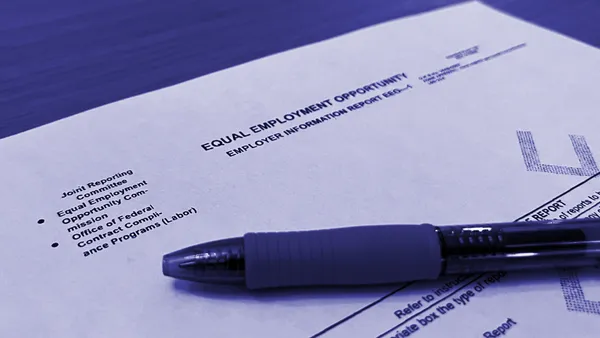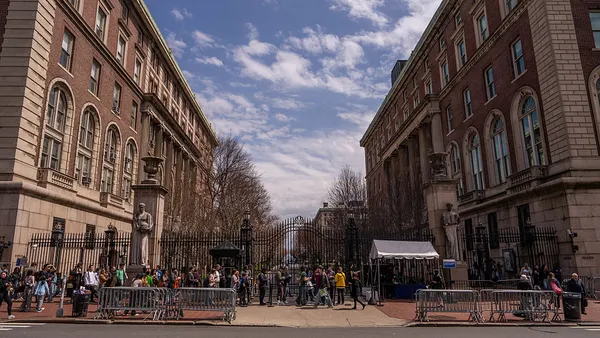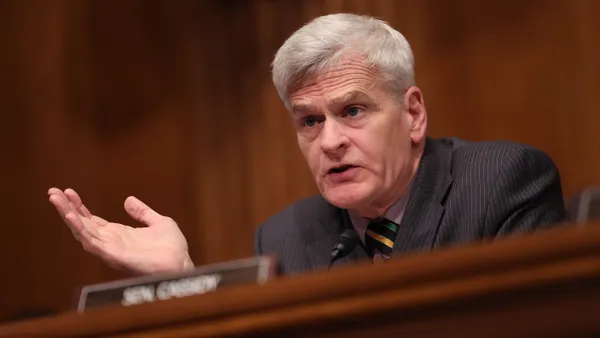Dive Brief:
- A putative nationwide class action lawsuit has alleged, among other things, that a Starbucks youth recruitment program showed "a blatant campaign of age discrimination in hiring" (Oden v. Starbucks Corporation, No. 1:21-cv-04869 (N.D. Ga. Nov. 29, 2021)).
- The program in question was aimed at reducing unemployment for young workers, according to a 2015 New York Times article. Starbucks and its then-CEO Howard Schultz spearheaded the program, the paper reported; the company was joined by others such as Microsoft, Taco Bell and Walmart.
- The lawsuit’s named plaintiff claimed the program is just one example of how Starbucks "systematically" favors younger applicants, especially for management positions: For him, the alleged discrimination came in the form of a denied promotion. The 59-year-old said he was working as a store manager when a district manager position opened up. The company hired a younger employee to fill that role, according to the complaint, and later fired him without warning. The plaintiff proposed a class including all individuals over the age of 40 who were fired from management positions or denied promotions from Nov. 4, 2019, through the present. A Starbucks spokesperson, Jory Mendes, said the company maintains a clear anti-harassment and anti-discrimination policy, and has zero tolerance for unlawful discrimination in hiring or employment practices. "Specific to the lawsuit, we will be prepared to defend our position in court," Mendes added.
Dive Insight:
Employers’ recruiting efforts have recently come under scrutiny for alleged age bias. In 2018, for example, a group of rejected applicants sued PwC, alleging its campus recruiting efforts amounted to discrimination.
A court granted class certification in the case before it eventually settled for $11.6 million. PwC also agreed to change its practices, promising to advertise job opportunities to older workers and refrain from asking for graduation dates, among other things.
Even if such efforts aren’t discriminatory on their faces, they may have a disparate impact on older workers, thereby running afoul of nondiscrimination laws, attorneys previously told HR Dive.
Ageism at work is pervasive and tolerated as the "last acceptable bias," according to a 2020 AARP investigation. To avoid age bias claims, HR pros can ensure that age is a characteristic included in diversity and inclusion efforts, among other things.
Corporate branding can play a role; employers can showcase photos that demonstrate the workforce they have and want, some experts have suggested. Language matters, too. While many employers work to avoid words like "young" in job listings, phrases like "digital native" also can serve as a dog whistle for age discrimination, they said. And when it comes to where ads are placed, employers can be mindful not to focus solely on college fairs and social media, for example.













